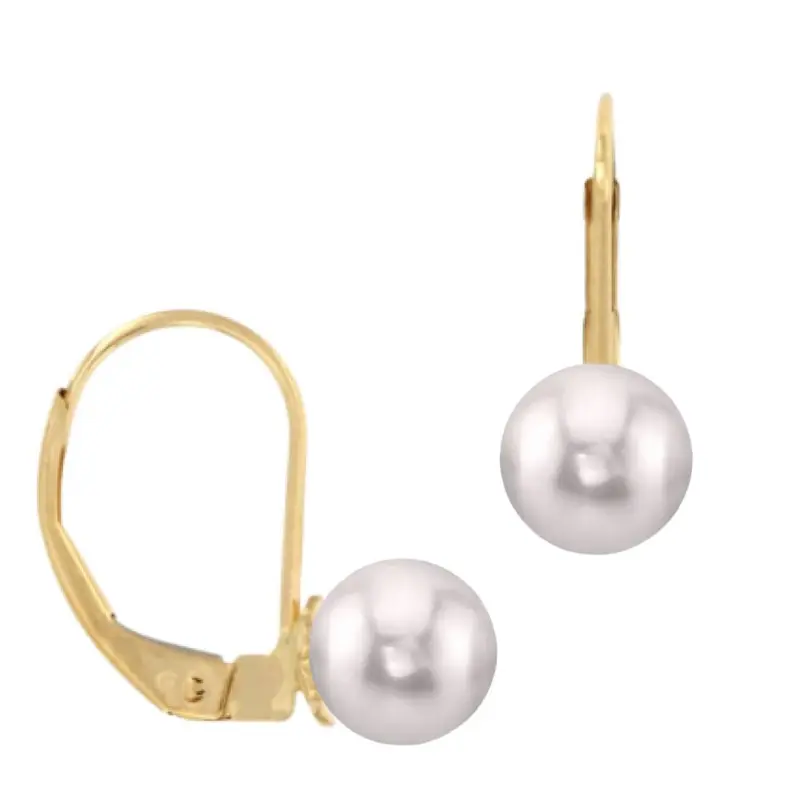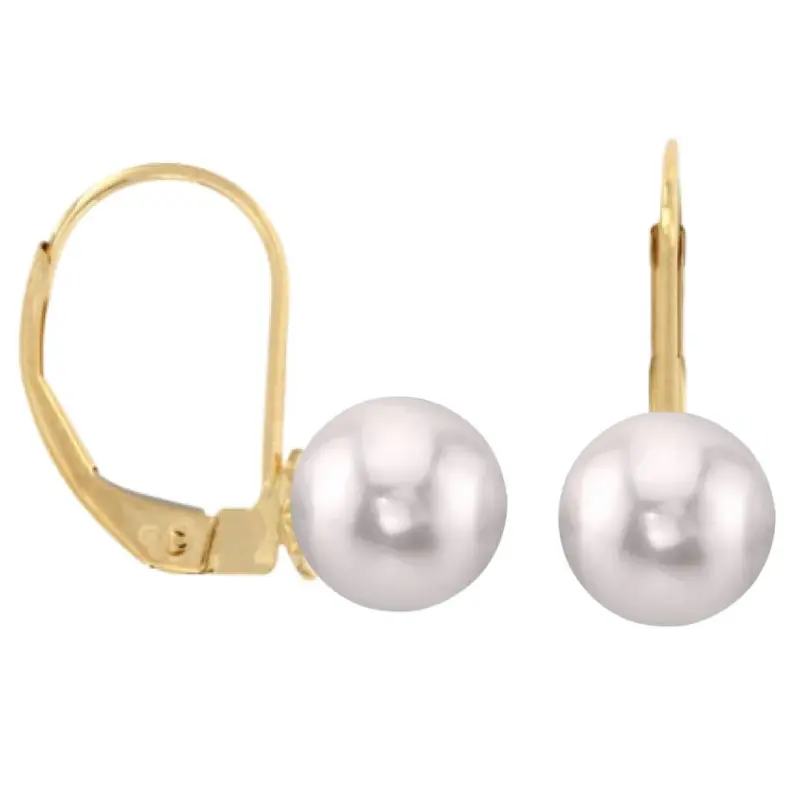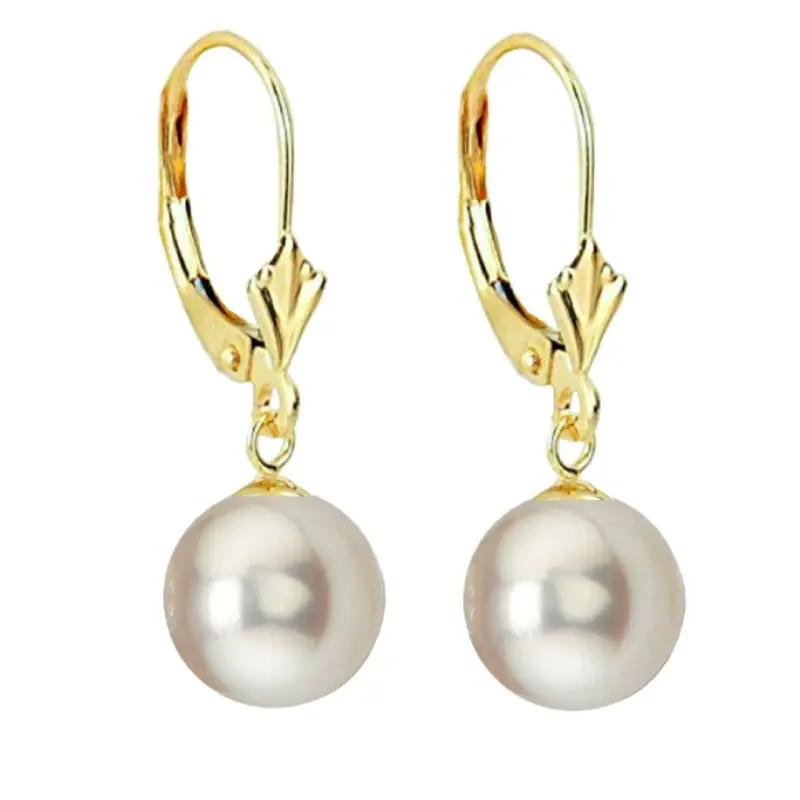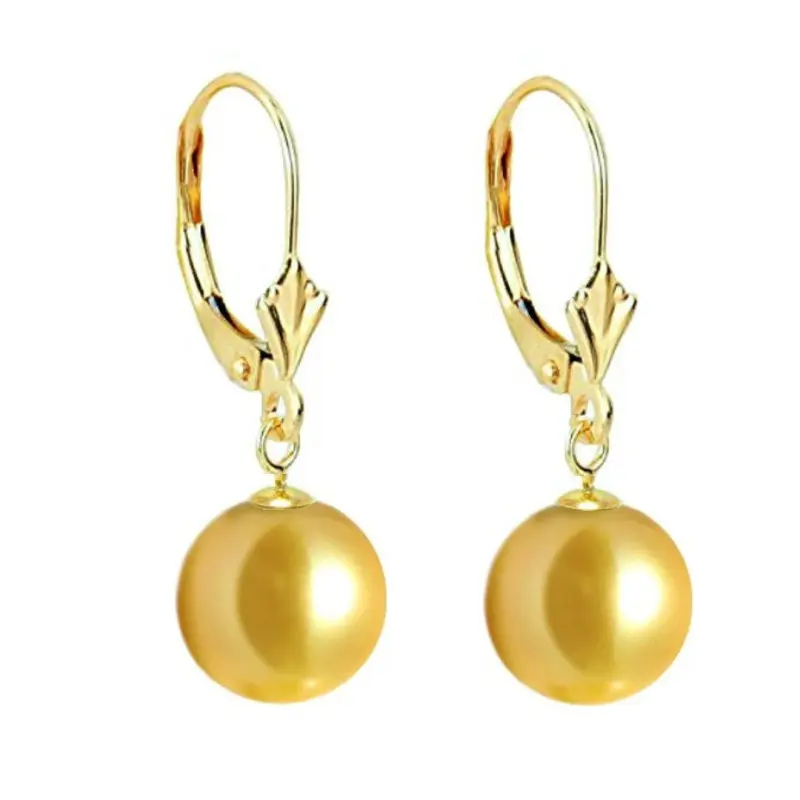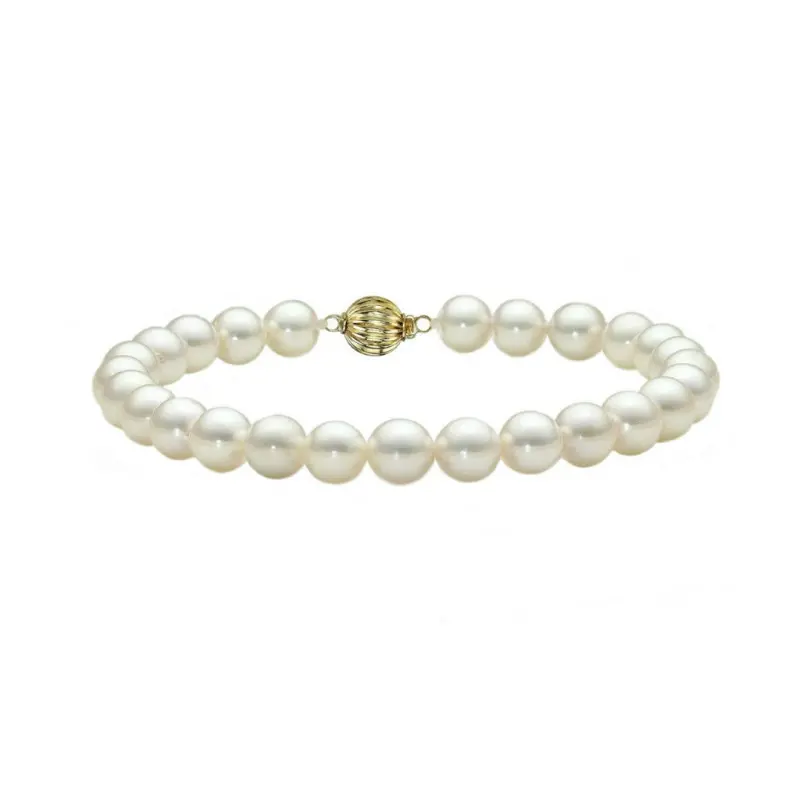Rare Japanese Akoya Pearls
Display: 1-24 from 35 products
FiltersYour selection:
Manufacturer: Kaskadda ×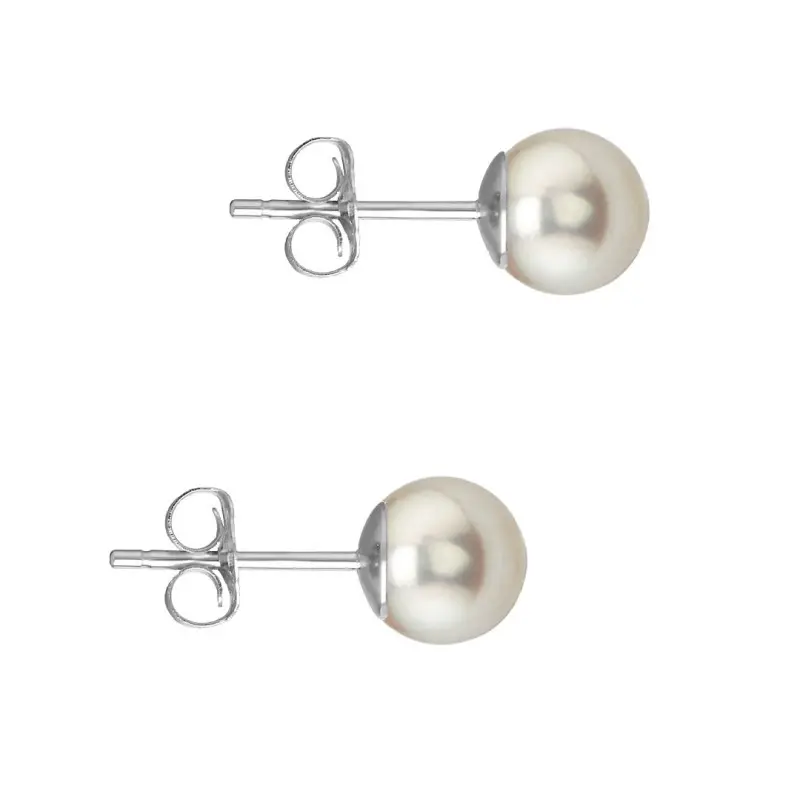
Natural Japanese Akoya Pearl Earrings, AAAA Quality, 5.5-6 mm and White Gold
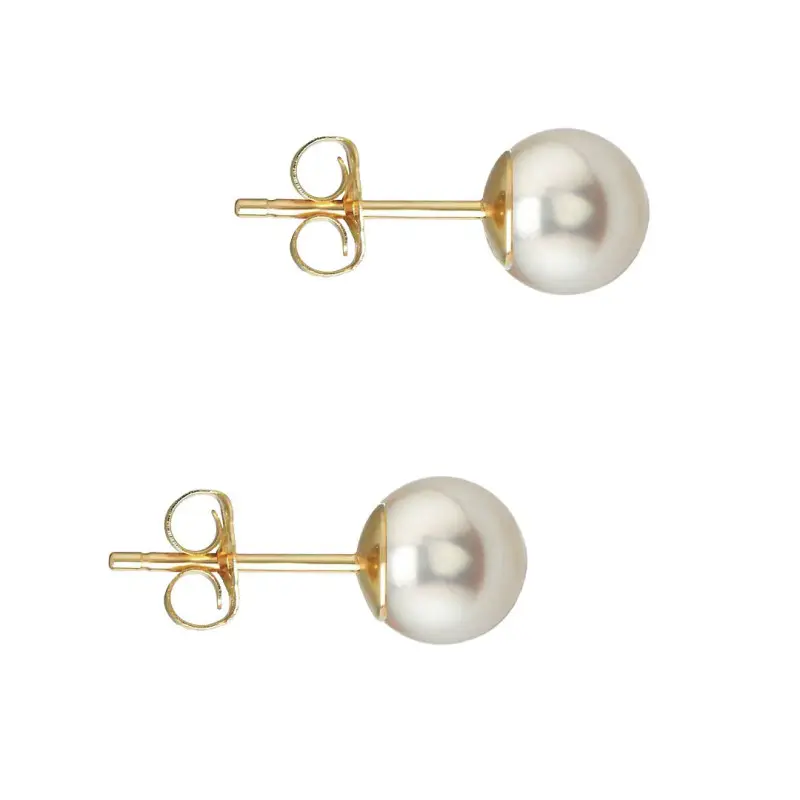
Natural Japanese Akoya Pearl Earrings, AAAA Quality, 5.5-6 mm and Yellow Gold
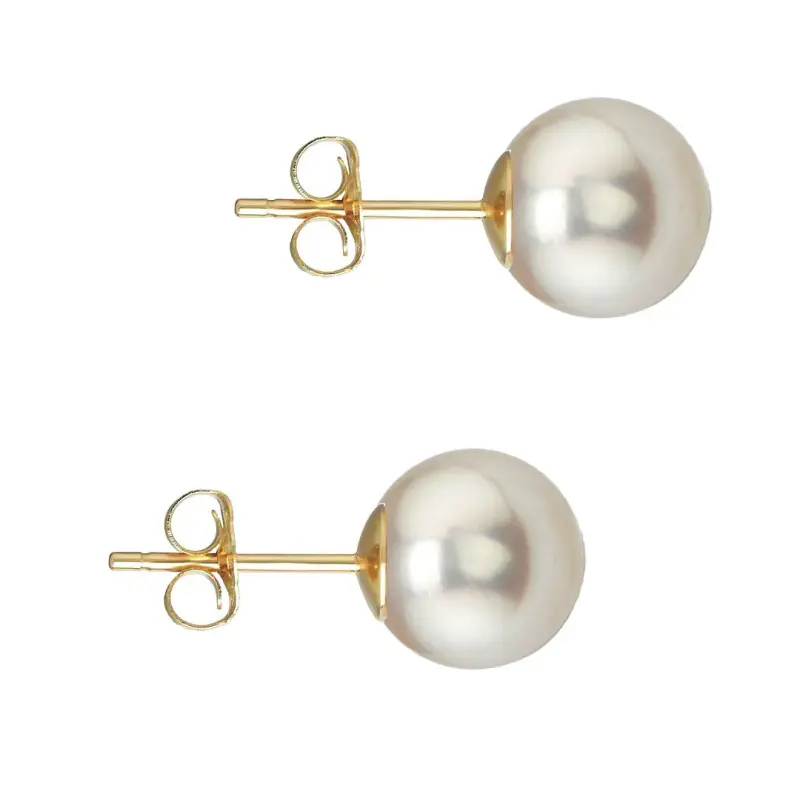
Natural Japanese Akoya Pearl Earrings, AAAA Quality, 7.5-8 mm and Yellow Gold
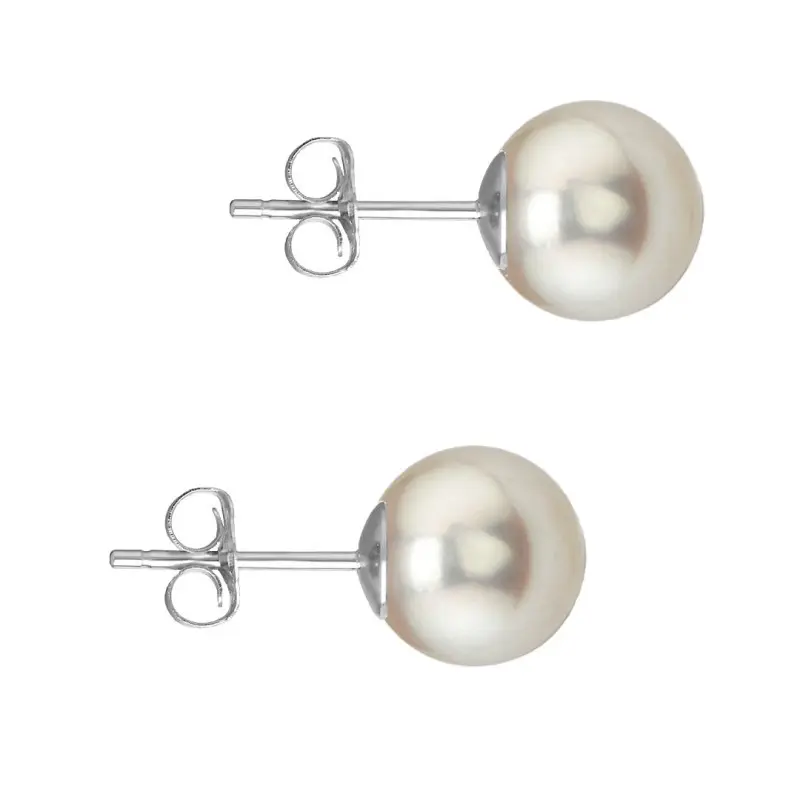
Natural Japanese Akoya Pearl Earrings, AAAA Quality, 7.5-8 mm and White Gold
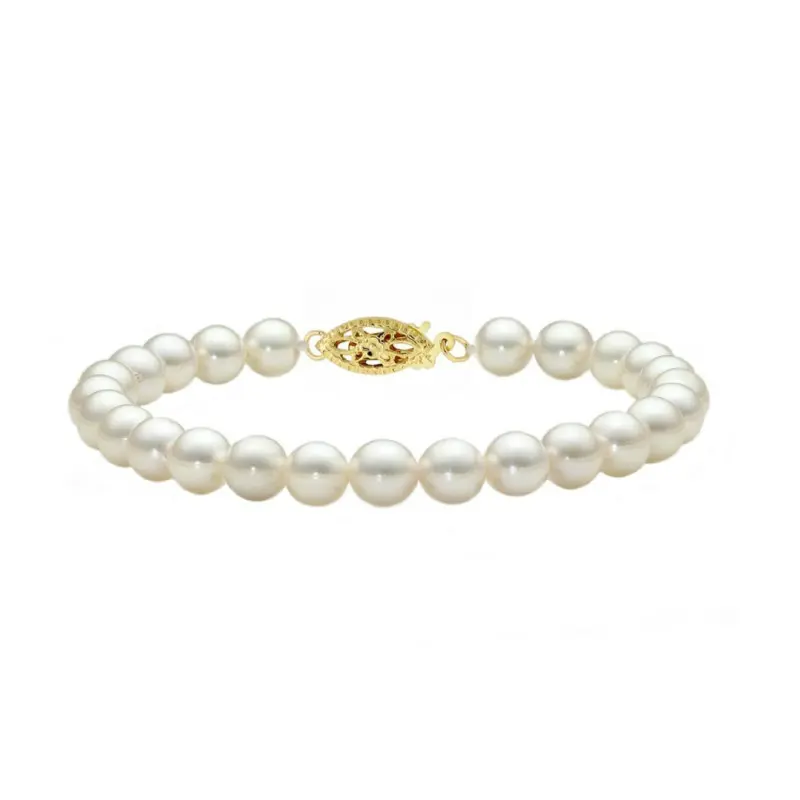
Bracelet with Natural Japanese Akoya Pearls, AAA Quality, 5.5 - 6 mm, and Yellow Gold
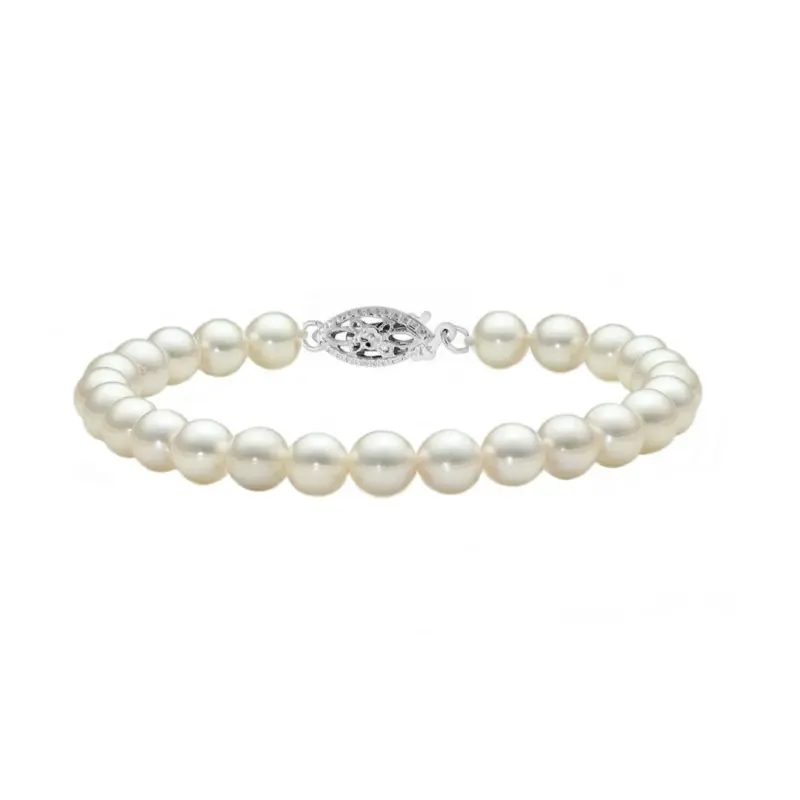
Bracelet with Natural Japanese Akoya Pearls, AAA Quality, 5.5 - 6 mm, and White Gold

Bracelet with Natural Japanese Akoya Pearls, AAA Quality, 7 - 7,5 mm, and Yellow Gold
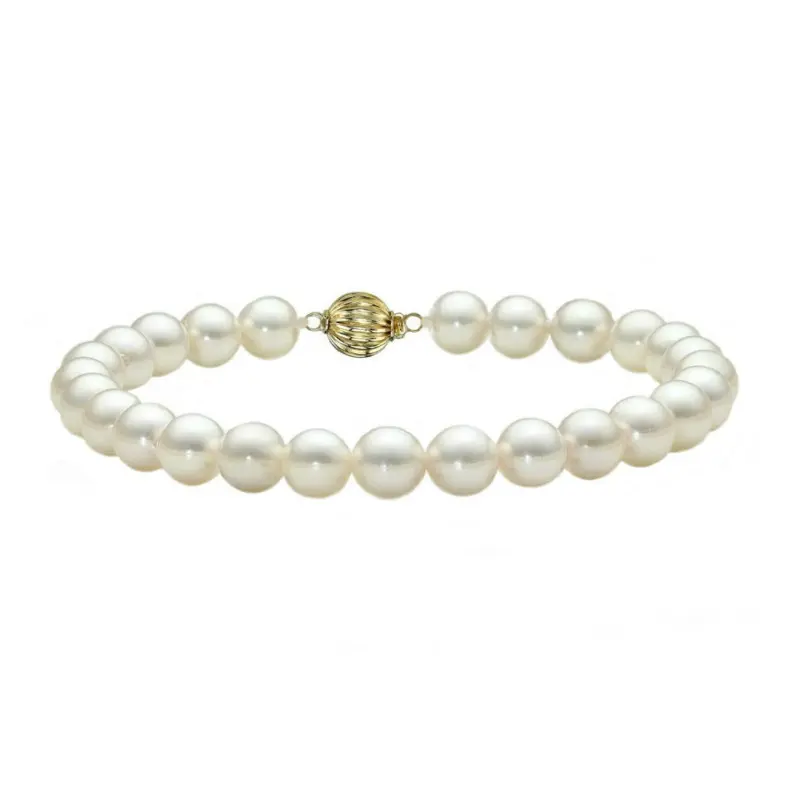
Bracelet with Natural Japanese Akoya Pearls, AAA Quality, 7 - 7,5 mm, and Yellow Gold
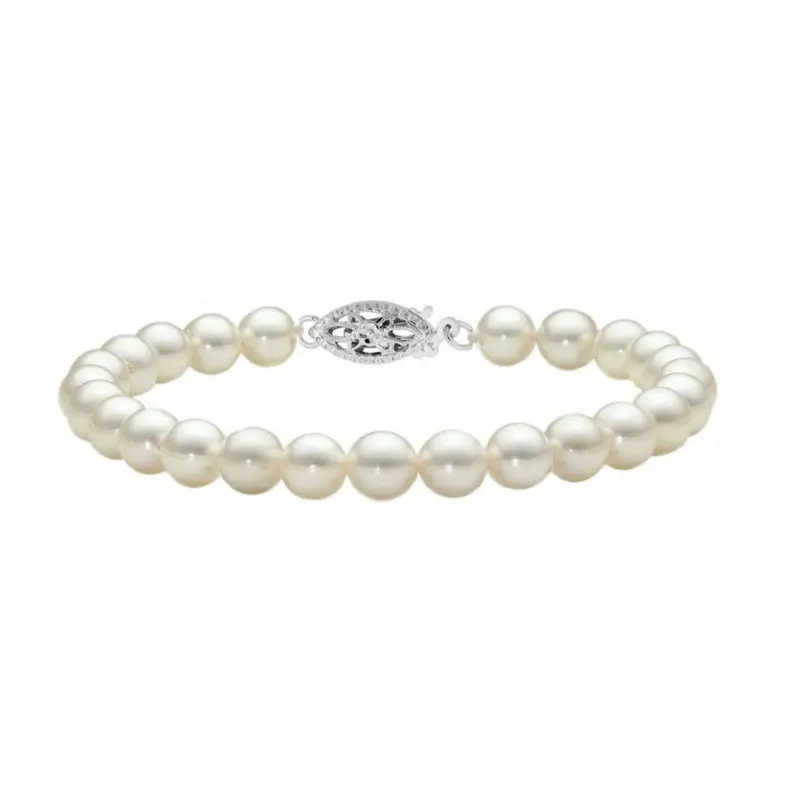
Bracelet with Natural Japanese Akoya Pearls, AAA Quality, 7 - 7,5 mm, and White Gold
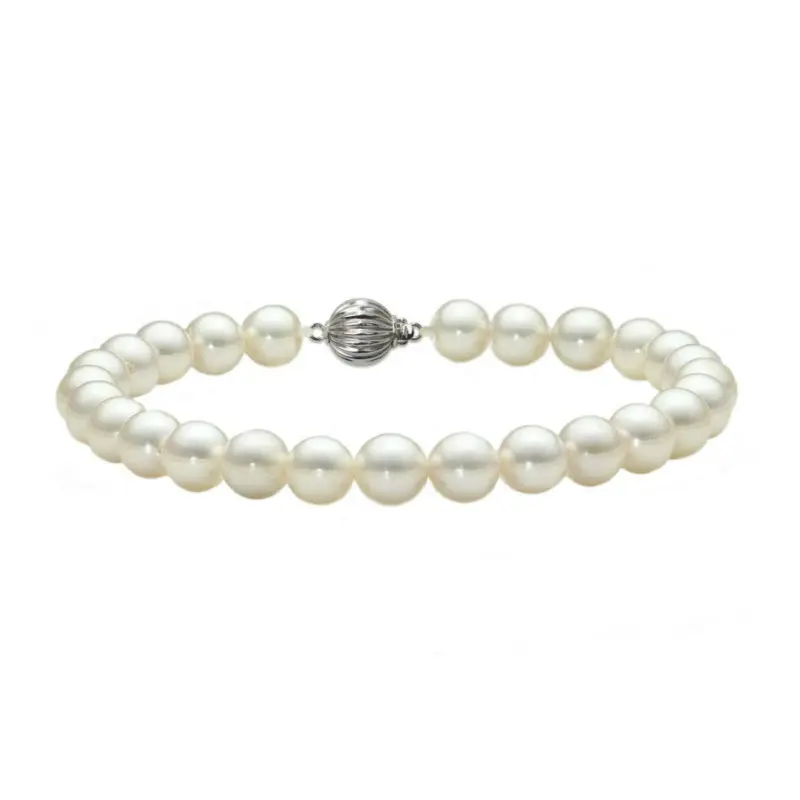
Bracelet with Natural Japanese Akoya Pearls, AAA Quality, 7 - 7,5 mm, and White Gold
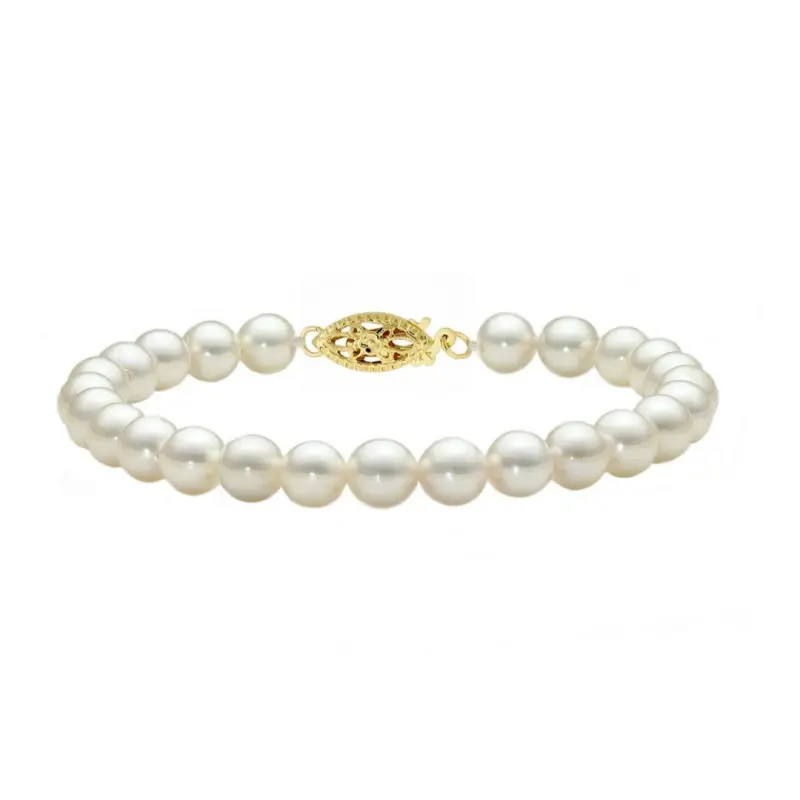
Bracelet with Natural Japanese Akoya Pearls, AAA Quality, 7,5 - 8 mm, and Yellow Gold
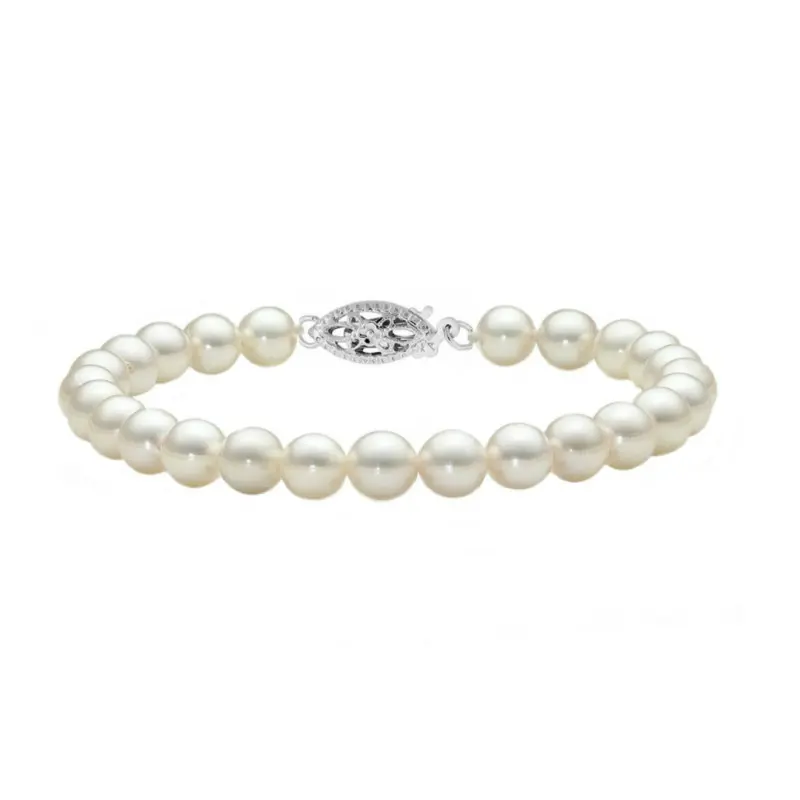
Bracelet with Natural Japanese Akoya Pearls, AAA Quality, 7,5 - 8 mm, and White Gold

Bracelet with Natural Japanese Akoya Pearls, AAA Quality, 7,5 - 8 mm, and Yellow Gold

Bracelet with Natural Japanese Akoya Pearls, AAA Quality, 7,5 - 8 mm, and White Gold
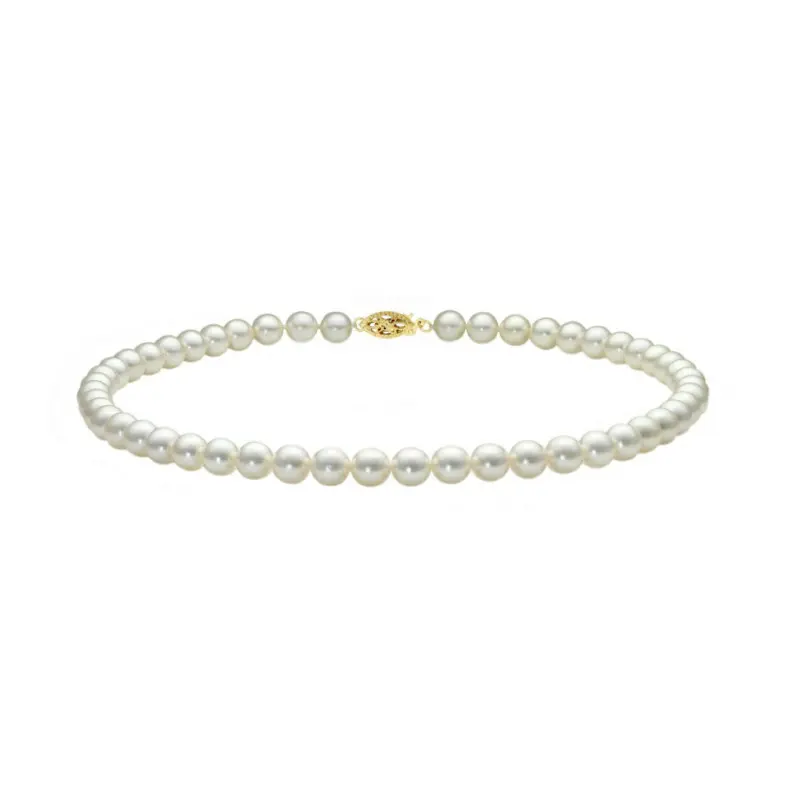
Necklace with Natural Japanese Akoya Pearls, AAA Quality, 5.5 - 6 mm, and Yellow Gold

Necklace with Natural Japanese Akoya Pearls, AAA Quality, 5.5 - 6 mm, and White Gold
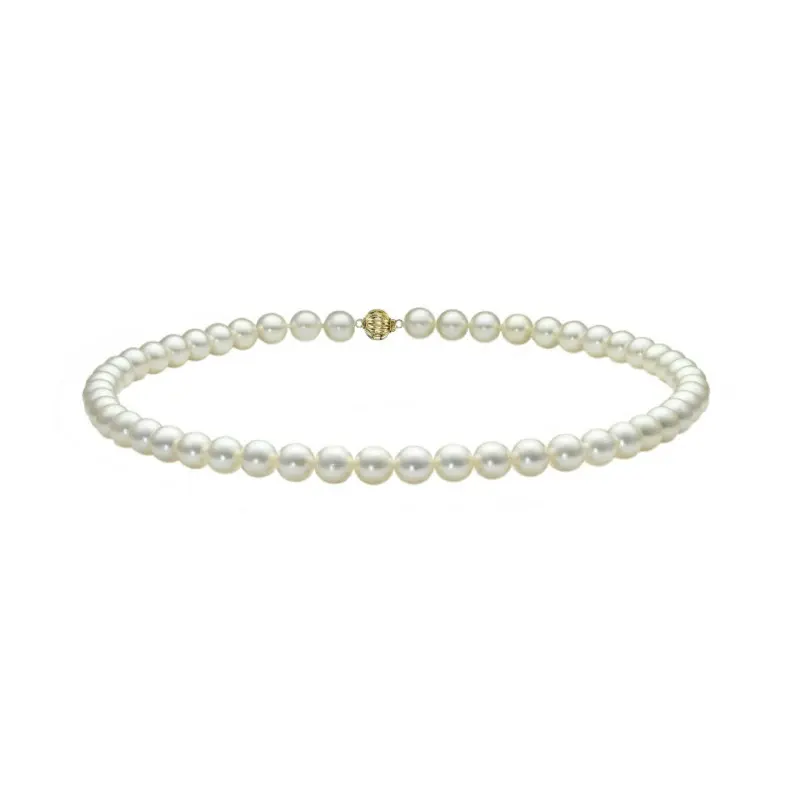
Necklace with Natural Japanese Akoya Pearls, AAA Quality, 5.5 - 6 mm, and Yellow Gold
Akoya pearls, saltwater pearls, are among the most beautiful cultured natural pearls. They are formed in a relatively small oyster, scientifically named Pinctada fucata. In the past, they were harvested from the cold waters of Japan by pearl divers who coated their bodies with fat to maintain their temperature, plugged their ears with wax to avoid rupturing their eardrums, and pinched their nostrils with a clamp to prevent breathing.
Akoya pearls are recognized for their special luster and bright white color, sometimes with pink or golden overtones. Occasionally, but very rarely, they can be gray or light blue. Although Akoya pearls resemble freshwater pearls, they differ in their almost perfectly round shape and vibrant luster. Additionally, while a freshwater oyster can produce multiple pearls at once, a Pinctada fucata can produce at most one, and sometimes none. A freshwater oyster can be used multiple times to produce pearls, even those producing Tahitian pearls are used 3-4 times before being released back into the wild, but Akoya oysters produce only one pearl once. Their rarity is another reason why Akoya pearls are more expensive.
About Akoya pearls:
-
Akoya pearls are primarily cultivated in Japan, in regions with lower temperatures, sometimes up to 14 degrees colder than other regions. Due to the cold temperature, the mollusk deposits nacre on the pearl in a much more compact arrangement, giving it a final radiant appearance;
-
They naturally have a white color with overtones (pink, silver, or bluish), and very rarely, they have an unreal blue color;
-
The Akoya pearl necklace is the most purchased necklace in the world by brides;
-
A piece of jewelry with Akoya pearls is the perfect gift and can be worn on a variety of occasions (weddings, formal meetings, office, business meetings, parties, special events), retaining its value over time.

